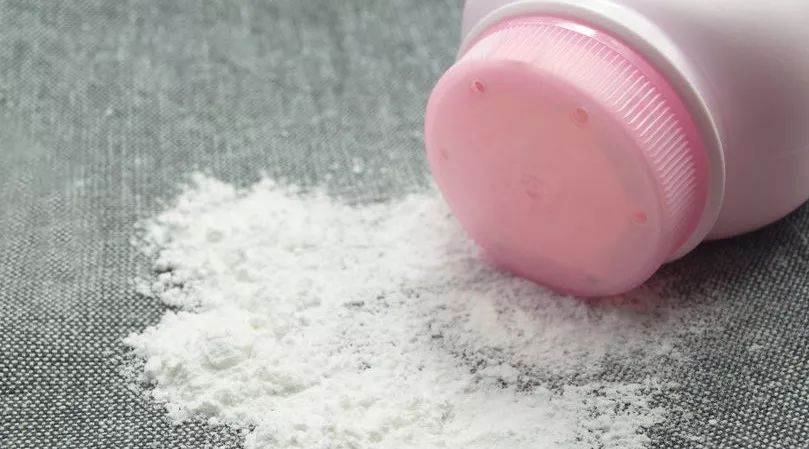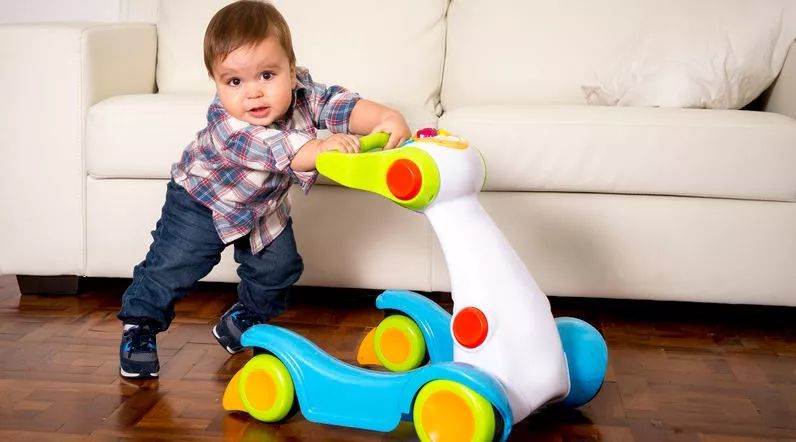I am Meng Ma, a professional parenting research consultant.
Last week, my best friend asked: Can you recommend me a high-view baby carriage? So we discussed happily for ten minutes.
Suddenly, I came to my senses: Wait, don’t you live on the 6th floor and have no elevator? How are you going to move this big carriage up and down…
Finally, the roommate chose a light folding stroller.
However, she still regretted it: she was too tired to move up and down six floors every time, and she had to carry the baby and the car by herself. As soon as I got out of the big month, I took my baby out for a stroll, which was really much easier!
Whether mother and infant products are useful or not varies from person to person and from family to family. However, there are 4 kinds of children’s products, which have been repeatedly recommended not to be used by authoritative institutions such as the World Health Organization and the American Academy of Pediatrics.
Let’s have a look!
Neonatal gloves don’t need to be bought.
Many pregnant mothers will prepare newborn gloves, one is to prevent the baby’s sharp nails from scratching the skin, the other is to keep the baby’s hands warm.
However, the American Academy of Pediatrics pointed out that even if the hands of newborns are blue, they are not necessarily cold. For children with imperfect microcirculation, it is normal for their hands and feet to be slightly cold.
While the baby is sleeping, trim his nails correctly to completely avoid nail scratches.

Now, many maternity hospitals in the United States have begun to prevent mothers from matching gloves with their babies because such gloves:
- It will hinder the development of fine movements of baby’s fingers. If there are hair, thread and other items wrapped around the baby’s hands, it is easy to cause skin necrosis and other problems.
Setting pillows is useless.
Before the age of 1, the baby’s skull is relatively soft. If the baby is used to sleeping on one side, it is easy to sleep on the other side. Some families will let the baby sleep on a fixed pillow, which is unnecessary.
On the one hand, the setting pillow has no effect. Even if the baby lies in the setting pillow, he may still sleep on one side.
On the other hand, styling pillows are also very dangerous. The American Academy of Pediatrics pointed out that using styling pillows within 3 months will increase the risk of asphyxia and sudden death of babies.

As long as the doctor thinks there is no problem during the routine physical examination, there is no need to worry too much.
Because, as the baby grows up, the problem of asymmetric head shape can be recovered by itself, and the performance of partial head will not last until puberty.
If parents want to correct the baby’s head deviation early, they can often change the position of the baby’s head, encourage the baby to play on his stomach and turn his head more, etc. to avoid continuous pressure on a certain part of the baby’s head and help the head shape recover.
Talcum powder is not suitable for babies.
In my impression, talcum powder seems to be specially designed for babies, but it is not suitable for babies.
On the one hand, when the baby moves, talcum powder at wrinkles is easy to rub the skin, causing redness and erosion of the skin.
On the other hand, too much talcum powder will form particles or lumps when encountering liquids (such as sweat, urine, etc.), blocking pores and affecting skin conditions.
In addition, asbestos-contaminated talcum powder may cause diseases, while corn talcum powder will become a hotbed of bacteria in humid environment.

In view of this, the American Academy of Pediatrics does not advocate the routine use of talcum powder for infants.
As long as the skin at the baby’s wrinkles is kept clean and dry, prickly heat and diaper rash can be prevented.
After each bath, completely dry the baby’s skin, especially the wrinkled parts such as neck, armpit and thigh groove, and then use baby moisturizer to protect the baby’s skin.
Walker does not help babies learn to walk.
The walker only provides a movable support for the child, which cannot actually help the baby learn to walk well.
On the one hand, babies who use walkers can walk independently later.
This is because when the baby uses the walker, the toe can move at a little bit, which affects the development of leg strength and is easy to form improper posture of walking on tiptoe.
On the other hand, walker can also bring danger to the baby.
After the baby is helped onto the walker, the movement speed is much faster than the child’s crawling, and the range is also much wider. It is easy to hit other obstacles and cause risks such as falling down and scalding.

The baby’s learning to walk is a natural growth, from the baby’s prone, turn over, sit, climb, stand all the way to develop. Parents can encourage the baby to exercise more and strengthen muscle strength in their own way, instead of learning with the aid of foreign things.
